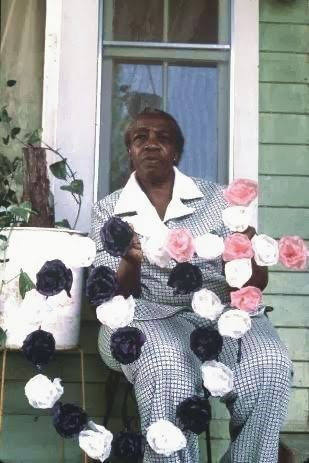In February 1858, a young girl
by the name of Bernadette Soubirous was out gathering firewood with her sister
and a friend at a grotto just outside of Lourdes in southwestern France. There
appeared to Bernadette a beautiful lady standing in a niche in the rock. The
lady wore a white veil and a blue girdle with a golden rose on each foot and a
beautiful rosary in her hands. From February to July of that year, the Lady
appeared to Bernadette at the grotto eighteen times. These visions, which
Bernadette reported, caused much excitement among the people of the region, her
parents, her priest, and local authorities. Some doubted although many
believed, even the priests of the locale were skeptical, and asked that she
inquire of the beautiful lady just who she was. On March 25th, the Lady
answered Bernadette by saying “I am the Immaculate Conception.”
Soon after these apparitions,
work was begun on a chapel to be erected at the site and in 1864, a statue was
created by a local artist based upon Bernadette’s description of the Lady, then
known to be our Blessed Mother. Pilgrims began flocking to Lourdes in droves –
many came to bathe or to take home water where the miraculous spring at the
site. In 1876, the first of several basilicas was erected in the vicinity, where
Mass could be celebrated for the growing numbers of pilgrims.
Far away from Lourdes, in
France’s old province of la Louisiane, now an American state, a postcard of the
grotto at Lourdes brought inspiration to a colored Creole man named Pierre François
Hyppolite Martinet (1847-1905). Hyppolite, or “Polite” as he was sometimes
called, was a native and resident of Saint Martinville, that beautiful village
along the Bayou Teche, where a sculpted Évangéline, much sought by tourists,
has long waited for her lover Gabriel. The son of Hyppolite Pierre François
Martinet, a native of Belgium, and Marie-Louise Benoit, a free woman of color,
Hyppolite was a builder and architect who was married to Fidélice Sidonie
Detiége.
 |
| Pierre-Francois Hyppolite Martinet (1847-1905) |
Inspired by the postcard he saw and filled with devotion to Notre-Dame, he set out in the late 1870s or early 1880s to reconstruct the grotto in his parish church of Saint Martin de Tours. He used materials common to his trade, mud and plaster, to create a beautiful and lasting tribute. Inside the niche was placed a statue like the one at Lourdes, with the following words encircling the head of the Blessed Lady: “Je suis l'Immaculée Conception” (“I am the Immaculate Conception”).
The grotto at l’Église
Saint-Martin stands today just as it did over one hundred and thirty years ago.
The area surrounding the grotto is filled with ex votos or votive offerings left by the faithful over the years,
some of these are dated well over a century ago and many simply bear the word
merci in the mother tongue of the dear people of the Teche country. It is a
testament to the craftsmanship of its builder and to the faith of him and
countless other Catholics of color who have lent their prayers, talents, and
treasures to the Church.
Source: Leona Martin Guirard, St. Martinville: The Land of Evangeline in Picture Story, Privately Published, 1950. (Thanks are due to Christophe
Landry for the photograph of Hyppolite Martinet and for confirming the details concerning his family history. Merci, mon confrere!)







